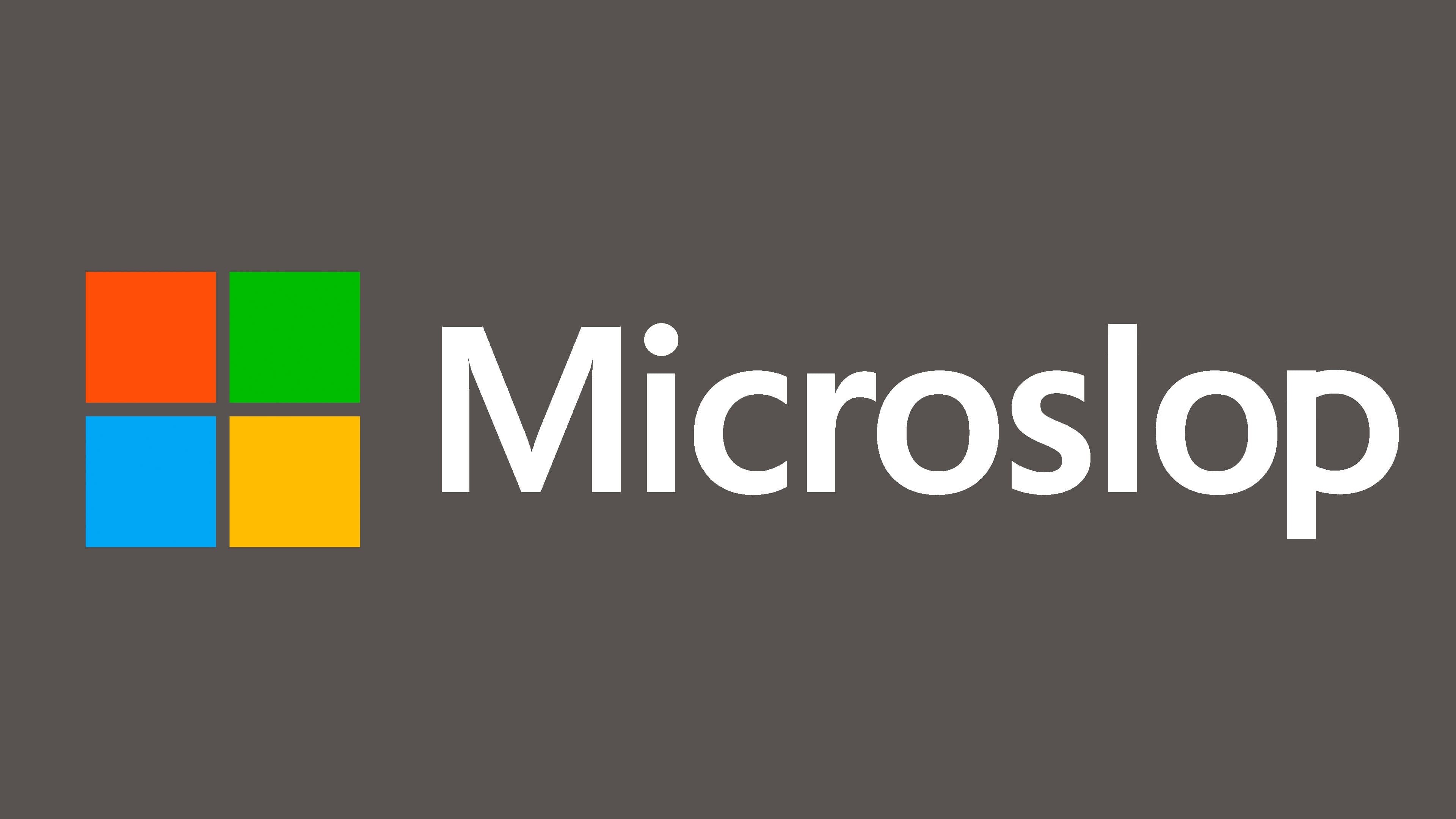Shades of gray, Terry Myerson on Microsoft's consumer and enterprise commitment
Microsoft claims a consumer and enterprise focus as a core strength. Some users have their doubts, however.
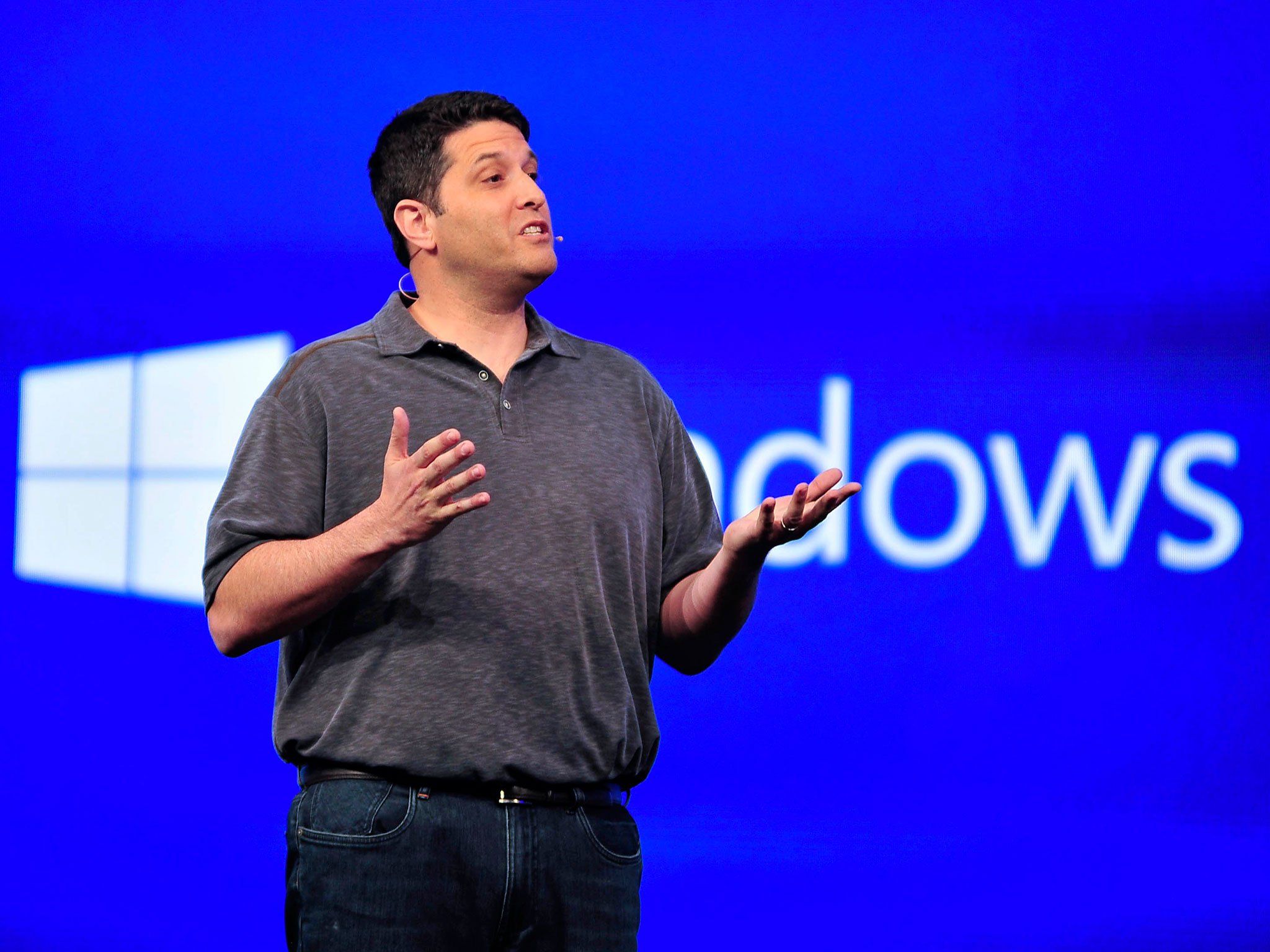
Microsoft's CEO Satya Nadella said it this way:
…we are a company that's centered around users who both have a professional role as well as happen to be consumers. That's where our strength lies.
Some of Microsoft's decisions have caused some enthusiasts and industry watchers to doubt Redmond's resolve in relation to that claim.
Redmond's consumer categories under pressure
Microsoft's unique family of devices would ideally address a range of use cases, share the same platform and provide access to all of a user's data for work and play all day across devices.
Unfortunately, just a year after the first Windows 10 devices event, the young hardware family has suffered some losses. Microsoft's platform approach to wearables via the Microsoft Band and what it represented as a showcase device for nearly a dozen proprietary sensors has been disbanded. (There are rumors Microsoft's working on a new approach to wearables).
Moreover, Microsoft's mobile retrenchment has been pushed deeper as Lumias have been removed from the market and Windows Mobile has been locked into the enterprise.
Microsoft has made unpopular decisions regarding its phone and wearables category's.
These hiccups to Redmond's device family strategy have caused some to question Microsoft's commitment to consumers. Moreover, Microsoft watcher Mary Jo Foley in a recent interview with Windows Chief Terry Myerson expressed a concern that, "Microsoft lately has been sending a message that the Surface is a business device family."
Given the poor state of two consumer-facing categories and a possible perception of another as a business device, how is Microsoft managing their duo-user mission and this contrasting reality?
All the latest news, reviews, and guides for Windows and Xbox diehards.
Is it just spin or is it a win?
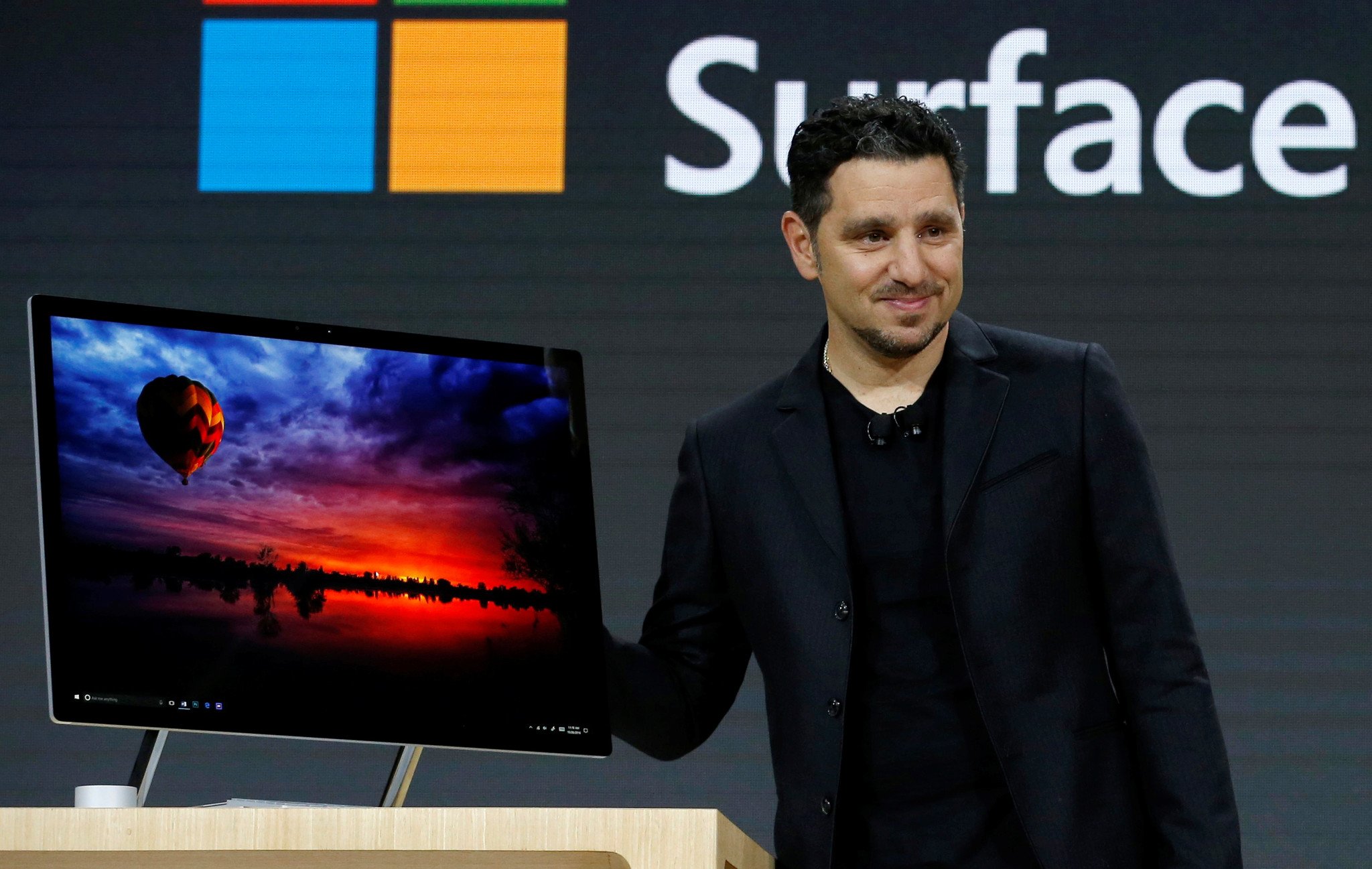
Following Microsoft's second Windows 10 devices event on October 26, 2016, Foley expressed the following to Myerson:
Up until today, I felt that Microsoft might be getting completely out of consumer hardware, other than Xbox.
The introduction of the Surface Studio and the HoloLens' interaction with 3D computing in Edge were likely factors that changed Foley's perception about Microsoft leaving consumer hardware behind. Still, her admission's a sobering perception from one of the industry's most respected voices. If Microsoft's duo user messaging failed to translate to objectively observable actions for someone whose job it is to watch Redmond, what do regular consumers see?
With no phone or wearable do consumers see Microsoft in the hardware space?
Certainly, a virtual absence of a smartphone, takes Microsoft hardware off of most consumer's radar. Sure, PC's still dominate homes and businesses, but Redmond's first-party Surfaces are too expensive for many budget-conscious consumers.
This reality combined with Microsoft's Surface as a Service for businesses and some television ads that focus on work-related productivity may color some individual's perception that the Surface is a business device.
Myerson attempted to combat the "consumer-unfriendly" perception expressed by Foley:
I'm not sure why we would have given that impression. I mean it's true that we're very serious about the enterprise. At the same time, you know, we're on the NFL sidelines.…Today we talked about PowerPoint… 3D Paint and…achievements. We're serious about both (business and consumer). And sometimes it's hard to simultaneously show that seriousness about both.
Fair enough. Microsoft's a big company with lot's of irons in the fire. Myerson referenced the Surface's use in the NFL and continued with 3D Paint and families using a PC for work and play in the home.
These are valid references to Microsoft's consumer commitment. The response, however, conspicuously neglects to address the areas of phone or wearables, two very visible consumer spaces where Microsoft is not very visible.
Competition continues and fans fan out
Microsoft's October 26th introduction of the Windows 10 Creators Update, 3D computing in Windows and Edge and the Surface Studio and Dial were powerful professional and consumer plays. The innovation the immersive Studio and Dial introduced, was only amplified after Apple's uninspiring strip failed to touch the bar Microsoft set a day earlier.
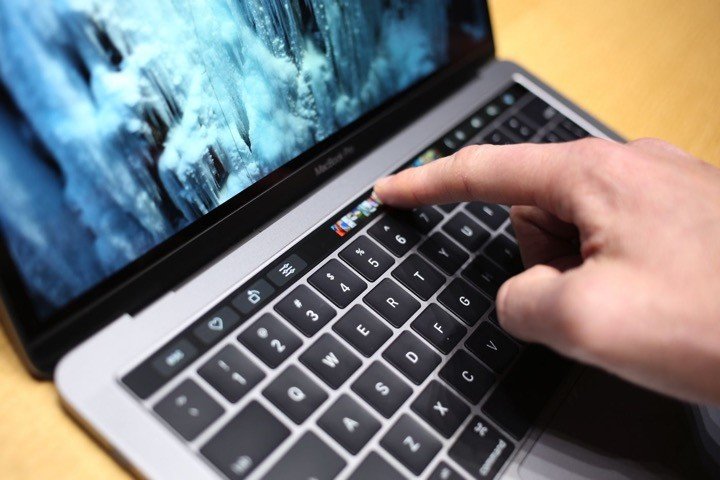
Microsoft's attempt to make the desktop, its forte, cool again may just work. As partners, like Dell, emulate Microsoft's new desktop vision we may see a consumer uptake in the Windows PC space. Maybe.
Microsoft's Creators Update and innovative hardware are a legitimate investment in consumers — as long as they're at a desk. Unfortunately, most computing is happening in our hands via smartphones. Still, regardless of our opinions about Microsoft's mobile strategy they have few options left, but to hunker in the enterprise and as Myerson said this spring as he attempted to assuage phone partner concerns:
continue to support and update the Lumia devices that are currently in the market, and the development of Windows 10 phones by OEMs…as well as develop great new devices…continue to adapt Windows 10 for small screens [and] invest in - security, management, and Continuum capabilities – that we know are important to commercial accounts and to consumers who want greater productivity.
Microsoft furthered this vision with a statement that "During this time of transition (to the next big thing), our attention will focus on the professional market." The one hole in this strategy is one that Microsoft fell into in the past per OneNote and Sway creator Chris Pratley:
but then our focus started to drift away from end users to business users, to IT, and (outside of places like XBOX) we started to build products for people who were buying for others, not using themselves, and looking to eke out a little more money here and there by optimizing for licensing or sales.Dates and roadmaps and technology and feature checklists and incremental revenue took over.
Sadly, as Microsoft goes down this road once traveled fans are diverging down a consumer path increasingly tread by former Windows phone users.
@whartonbrooks @JLTechWord @Daniel_Rubino Well I caved. I have an iPhone 7 Plus coming. I have 14 days to return it starting from ship date!@whartonbrooks @JLTechWord @Daniel_Rubino Well I caved. I have an iPhone 7 Plus coming. I have 14 days to return it starting from ship date!— Jake Bernstein (@JakeBernsteinWA) November 17, 2016November 17, 2016
Let your yea be yea and nay be nay
Is Microsoft a consumer and enterprise company? Big picture: Yes. In relation to the specific and current execution of that vision across device family form factors which are being re-imagined: No.
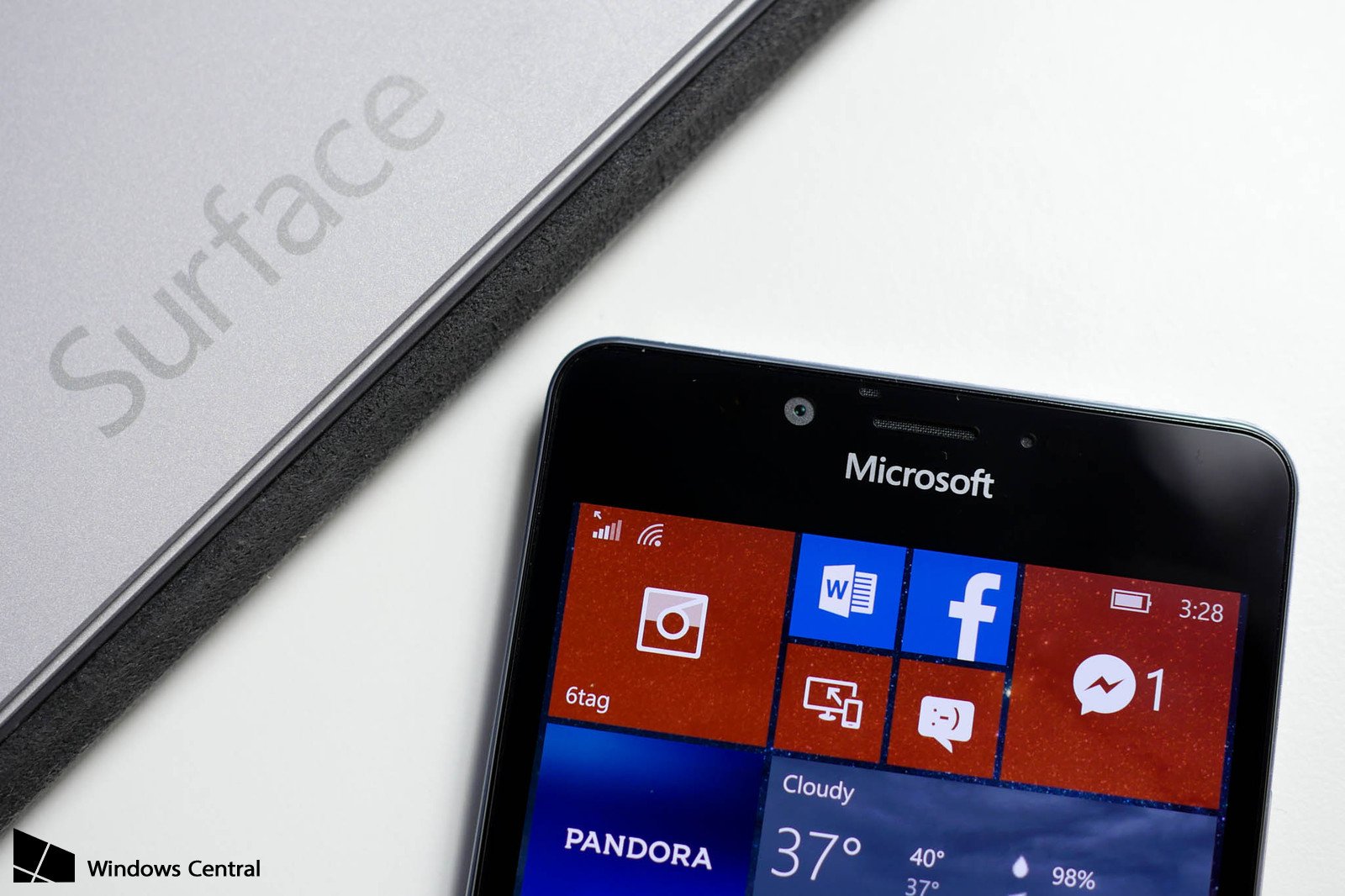
Ideally as time moves on Redmond's entire device family will be equally mature and have the full weight of Microsoft's consumer and enterprise vision behind it. Honestly speaking, today, even with consumer-focused phone makers like Alcatel and WhartonBrook's Redmond's weight is unevenly distributed toward the enterprise.
Still, I think it's just a matter of time for Redmond's mobile vision and the Surface ultra-mobile PC to come to fruition and for a new wearable to debut. There's no guarantee of success, but I believe Redmond will put "Surface-like" support into those efforts once they are what the company envisions.
When that happens, I believe Myerson will be able to expound on the full breadth of Redmond's consumer and enterprise efforts without conspicuously neglecting to mention any member of the device family.

Jason L Ward is a Former Columnist at Windows Central. He provided a unique big picture analysis of the complex world of Microsoft. Jason takes the small clues and gives you an insightful big picture perspective through storytelling that you won't find *anywhere* else. Seriously, this dude thinks outside the box. Follow him on Twitter at @JLTechWord. He's doing the "write" thing!
